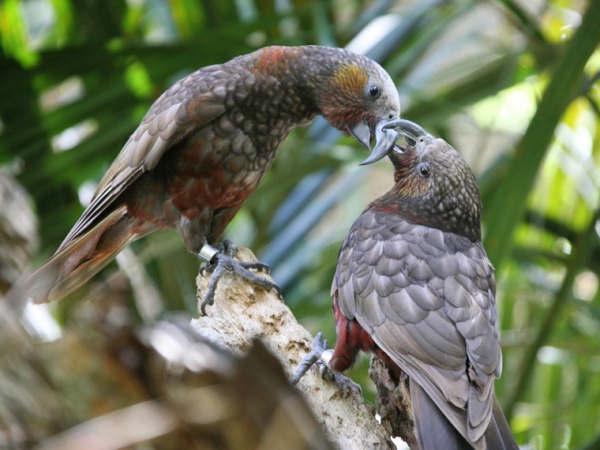Facts About New Zealand kaka
The New Zealand kaka is a captivating large parrot native to the verdant forests of New Zealand. There are two subspecies: the North Island kaka and the South Island kaka. Regrettably, these striking birds are endangered and have disappeared from numerous areas where they once flourished. The kaka belongs to the Nestor genus, which also includes the kea, Norfolk Island kaka, and Chatham Island kaka.
These parrots are medium-sized with dark plumage and are predominantly arboreal. They possess some ancient traits that distinguish them from other parrots. Their diet is varied, consisting of fruits, berries, seeds, flowers, nectar, sap, plants, and even insects. Kakas nest in hollow trees and typically lay between two to four eggs.
However, their survival is imperiled by habitat loss, predators introduced by humans, and competition from wasps and bees. Predatory mammals pose a particular threat. Conservation efforts are in progress, including predator trapping and the use of sodium fluoroacetate to manage predator populations. Another significant challenge is the competition for honeydew, an essential food source for the kaka.
Human interactions have also had adverse effects. For example, feeding kakas inappropriate foods can lead to metabolic bone disease in chicks. Interestingly, as the North Island kaka population grows, particularly in Wellington, these birds are increasingly nesting in residential areas, leading to more frequent human encounters.
Despite these challenges, dedicated efforts are being made to conserve and protect the New Zealand kaka, ensuring these unique parrots continue to thrive in their natural habitat.
